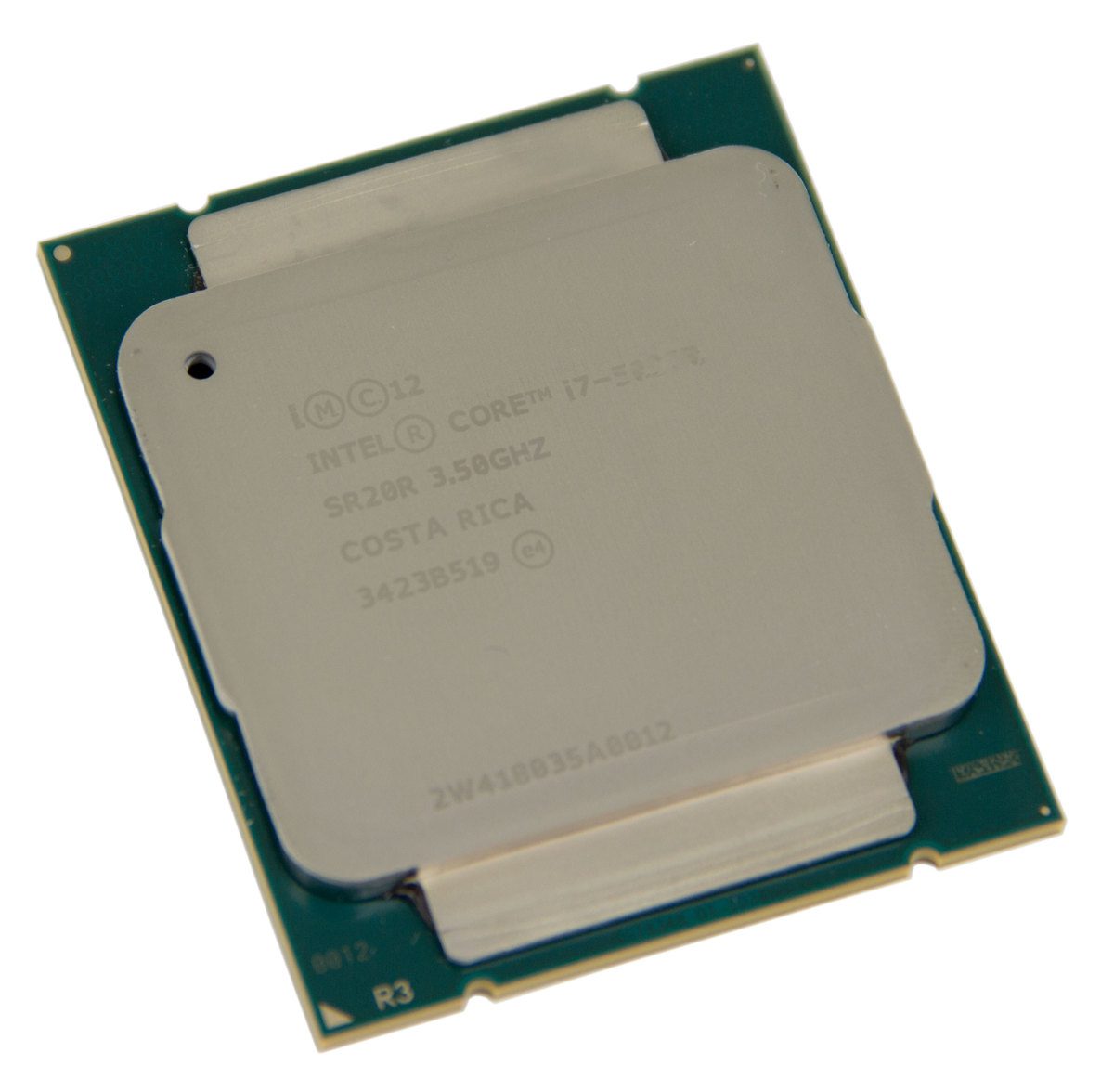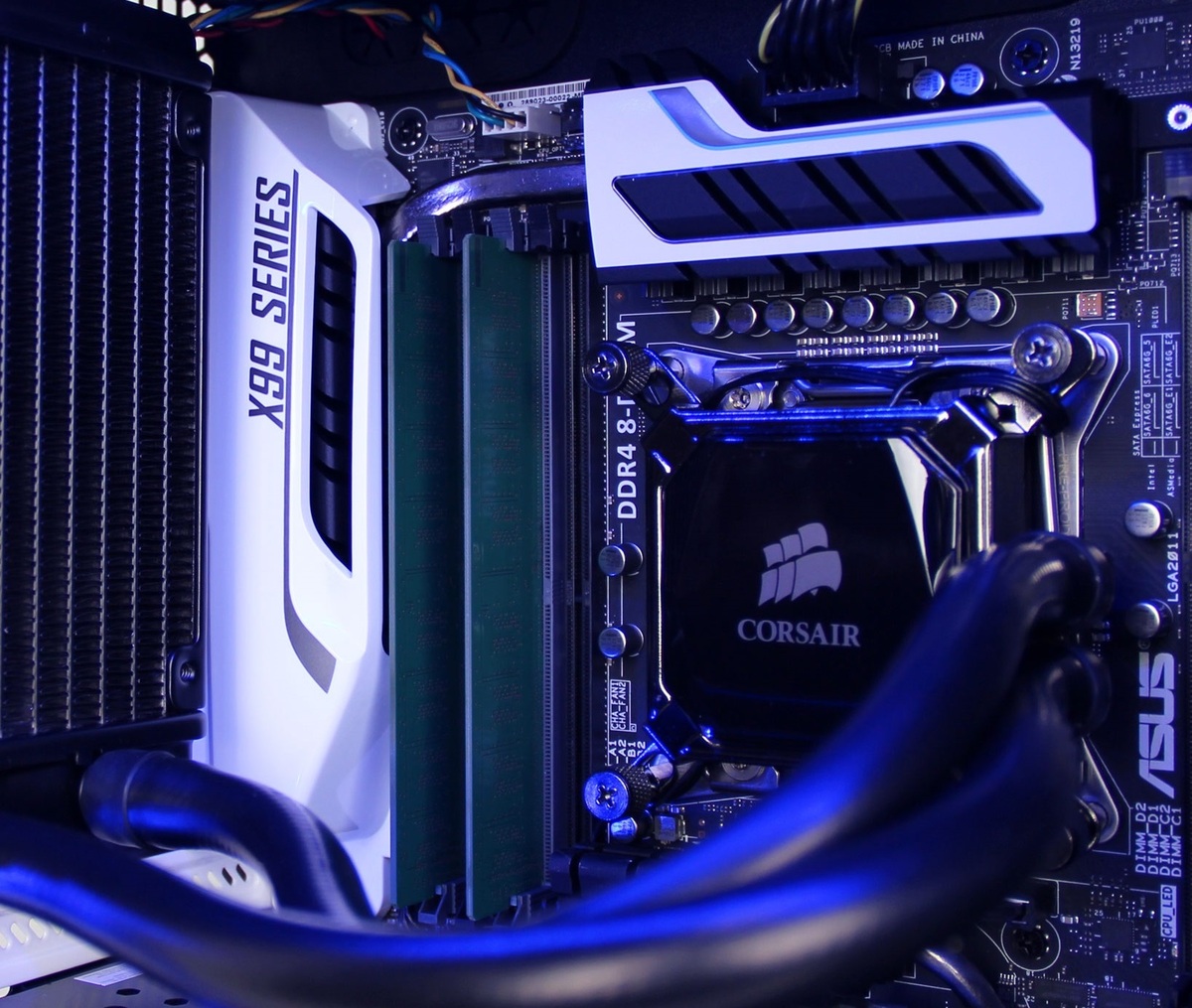Typically, a new CPUs is faster than it’s predecessor – it is just a question of whether is it by a little or a lot. The new Intel 5960X, however, is not typical because it sacrifices clock speed in order to add more cores. In this article we want to run a wide variety of benchmarks to find out what applications benefit from the additional cores and which suffer from the drop in clock speed.







